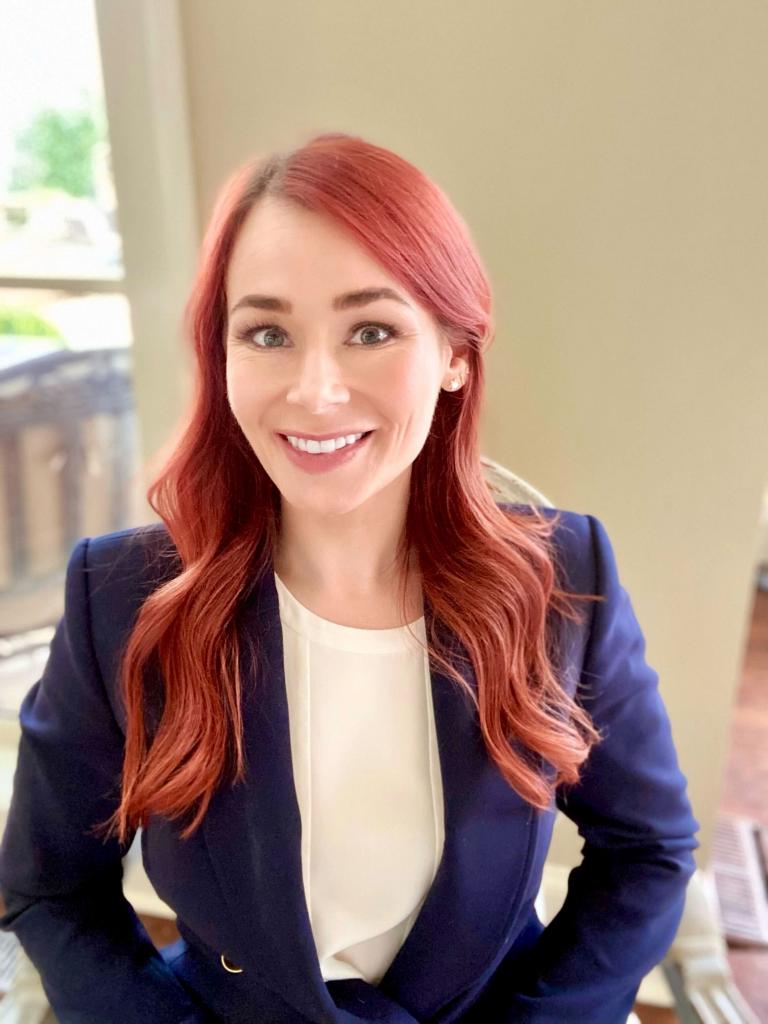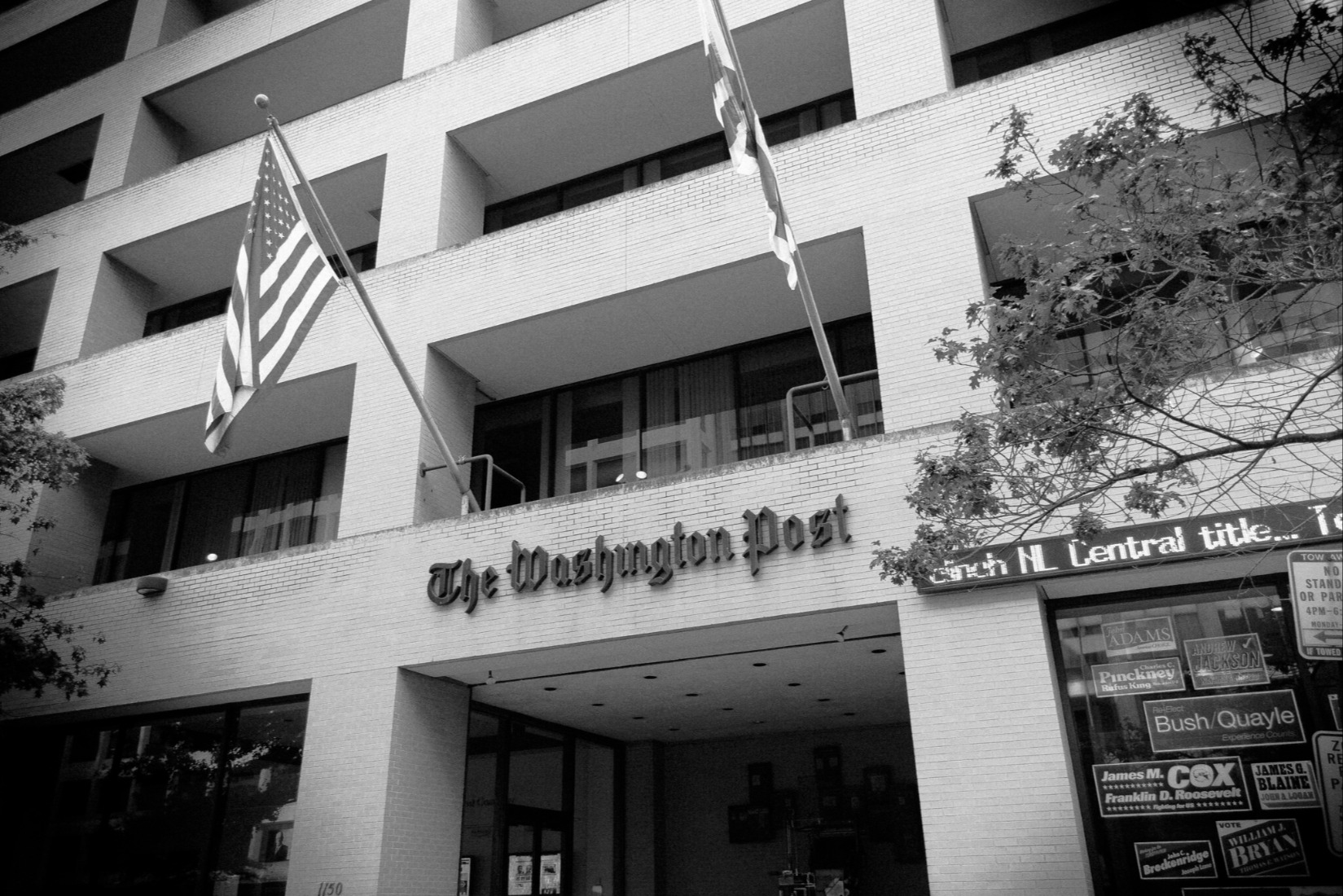Reading the Tea Leaves in Fulton County
Today’s release from the special purpose grand jury report suggests a spare document that does little more than provide a list of who should be charged for what.
-jpg.jpg?sfvrsn=96e0a20e_0)
Published by The Lawfare Institute
in Cooperation With

Earlier today, Judge Robert McBurney of the Superior Court of Fulton County released parts of a special purpose grand jury’s final report on possible criminal interference in the 2020 election in Georgia. The partial release included the report’s introduction, conclusion, and Section VIII, a brief section in which the grand jury expresses its concerns that some unnamed witnesses may have lied under oath during their testimony.
While most of the report remains under wraps for now, what follows is a quick summary of the material released on Feb. 16, along with some analysis about what it portends.
The report begins with a high-altitude overview of the history and scope of the special purpose grand jury’s investigation. Much of that information is already public knowledge: On Jan. 24, 2022, Chief Judge Christopher Brasher issued an order authorizing Fulton County District Attorney Fani Willis’s request to empanel a special purpose grand jury for the purpose of investigating “the facts and circumstances relating directly or indirectly to possible attempts to disrupt the lawful administration of the 2020 elections in the state of Georgia.” Nearly four months later, on May 2, 2022, a group of 26 Fulton County residents, which included a few alternates, were selected to serve as members of the grand jury. The grand jury began hearing evidence the following month. The date on the report suggests that the grand jury submitted the final report to its supervising judge, McBurney, on Dec. 15, 2022.
The grand jury reports that it:
received evidence from or involving 75 witnesses during the court of this investigation, the overwhelming majority of which information was delivered in person under oath. The Grand Jury also received information in the form of investigator testimony and various forms of digital and physical media.
Most of the grand jury’s findings and substantive recommendations remain under seal, but two major findings are included in the release. The first appears in the introduction, where the grand jury writes:
The Grand Jury heard extensive testimony on the subject of alleged election fraud from poll workers, investigators, technical experts, and State of Georgia employees and officials, as well as from persons still claiming that such fraud took place. We find by a unanimous vote that no widespread fraud took place in the Georgia 2020 presidential election that could result in overturning that election.
The second finding appears in Section VIII, which reads in its entirety: “A majority of the Grand Jury believes that perjury may have been committed by one or more witnesses testifying before it. The Grand Jury recommends that the District Attorney seek appropriate indictments for such crimes where the evidence is compelling.” The names of the people the grand jury believes to have committed perjury do not appear in the portions of the report released today.
Beyond these two substantive findings and recommendations, the portions of the report released so far are mainly procedural, describing what the grand jury did but not what it found—and not actions it has recommended that Willis take.
That said, these sections offer a fair portion of tea leaves to read that may tell us something about how the grand jury approached its reporting function—and thus what to expect from the parts of the report that remain under seal.
It is clear, for example, that the report is a spare document. The introduction describes the document as follows: “We set forth for the Court our recommendations on indictments and relevant statutes, including the votes by the Grand Jurors.” There is no mention of factual findings or evaluations of evidence. This is consistent with Judge McBurney’s Monday description of the grand jury’s report as a “roster” of who should be indicted and who should not and for what. It is also consistent with Deputy District Attorney Will Wooten’s statement at a subpoena hearing in Colorado in August: “The final product of a special-purpose grand jury is a report that would, in this case, include recommendations as to criminal prosecutions—and only those recommendations.”
It’s also consistent with the very short apparent length of the document. The pagination of the released portions suggests that the entire report comprises just nine pages in total. If that page count is accurate, the grand jury produced a surprisingly brief document—especially considering the volume of testimony and evidence it received over an eight-month investigation. By contrast, the House Select Committee on Jan. 6 published a whopping 800-plus-page report, the content of which significantly overlaps with the Georgia grand jury’s investigation. In other words, unlike the Jan. 6 Committee report, the grand jury report is not going to tell the story. It appears to make charging recommendations to Willis—and its brevity suggests that it may not even contain substantial arguments in favor of the charges it recommends.
Speaking of the Jan. 6 Committee report, the date on the Fulton grand jury’s report—Dec. 15, 2022—suggests that the jurors did not have the benefit of reviewing the Jan. 6 Committee’s report or the trove of transcripts and other materials it subsequently released before making their recommendations. This may help explain why there has been a two month lag so far between the completion of the special grand jury report and the present with no charging decisions emerging.
While the special purpose grand jury could make charging recommendations based only on what was before it and without reference to the work of the Jan. 6 Committee and the testimony of all of its witnesses, it would be unthinkable for Willis and her team to proceed with charges without a full understanding of the now-public record of the committee.
Georgia special purpose grand juries are not authorized to return indictments; they can only recommend indictments. And it appears that Willis received from the special purpose grand jury a series of recommendations with apparently little no argumentation behind it—just a volume of grand jury transcripts and a lot of evidence that comes just as the Jan. 6 Committee dumps an even larger body of evidence that will have to be reviewed and integrated into the district attorney’s investigation.
What’s more, the report contains an odd disclaimer that suggests a certain degree of separation between the grand jury and Willis’s prosecutors. The conclusion begins by acknowledging “the hardworking attorneys and staff of the Fulton County District Attorney’s office.” But it then goes on to note that “Any legal errors contained in this report should not be laid at their feet, however, because that Office had nothing to do with the recommendations contained herein.”
People often think of grand juries simply as instruments of the prosecutors who present evidence to them, but this grand jury seems to be going out of its way to acknowledge that Willis and her team might not come to the same conclusions as the grand jury itself did.
It specifically notes that she has discretion “to seek indictments where she finds sufficient cause” to the extent the report “fails to include any potential violations of the referenced statutes that were shown in the investigation.” The grand jury, moreover, explains that it “contained no election law experts or criminal lawyers” and thus lacked expertise to evaluate certain things.
This would be an odd passage to write if the grand jury were merely functioning as an extension of the district attorney’s office. The tone of the report strongly suggests, rather, that the report was crafted by the grand jurors themselves and seems designed to provide Willis with leeway to make different charging decisions from those recommended by the grand jury. While “a team of assistant district attorneys provided the Grand Jury with applicable statutes and procedures,” the grand jury specifically noted, “Any recommendation set out herein is the sole conclusion of the Grand Jury based on testimony presented, facts received, and our deliberations.”
In sum, the grand jury appears to be making charging recommendations without argumentation or a narrative report. It appears to have done so without the benefit of the full record now before the district attorney. And it appears to have been quite self-conscious of lacking the expertise to evaluate the cases fully—and quite aware of the fact that the district attorney, after doing so, might evaluate the evidence differently.
It’s not a surprise, given all this, that charging decisions did not follow hard on the heels of the grand jury’s report.






